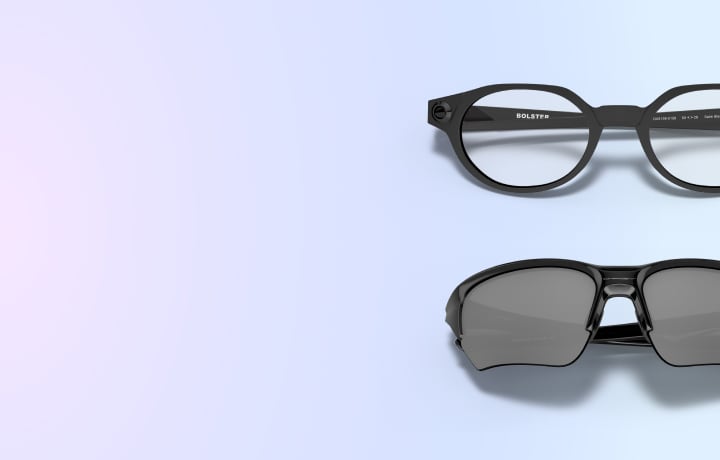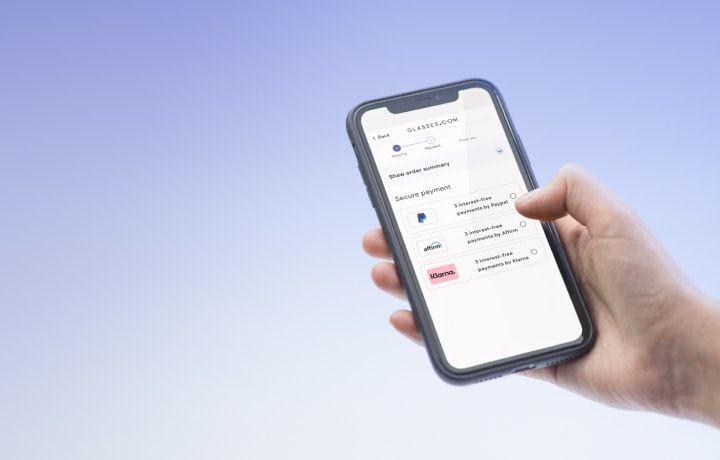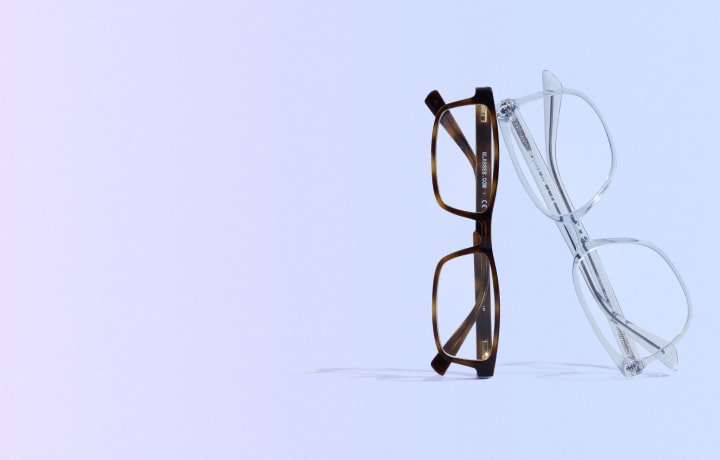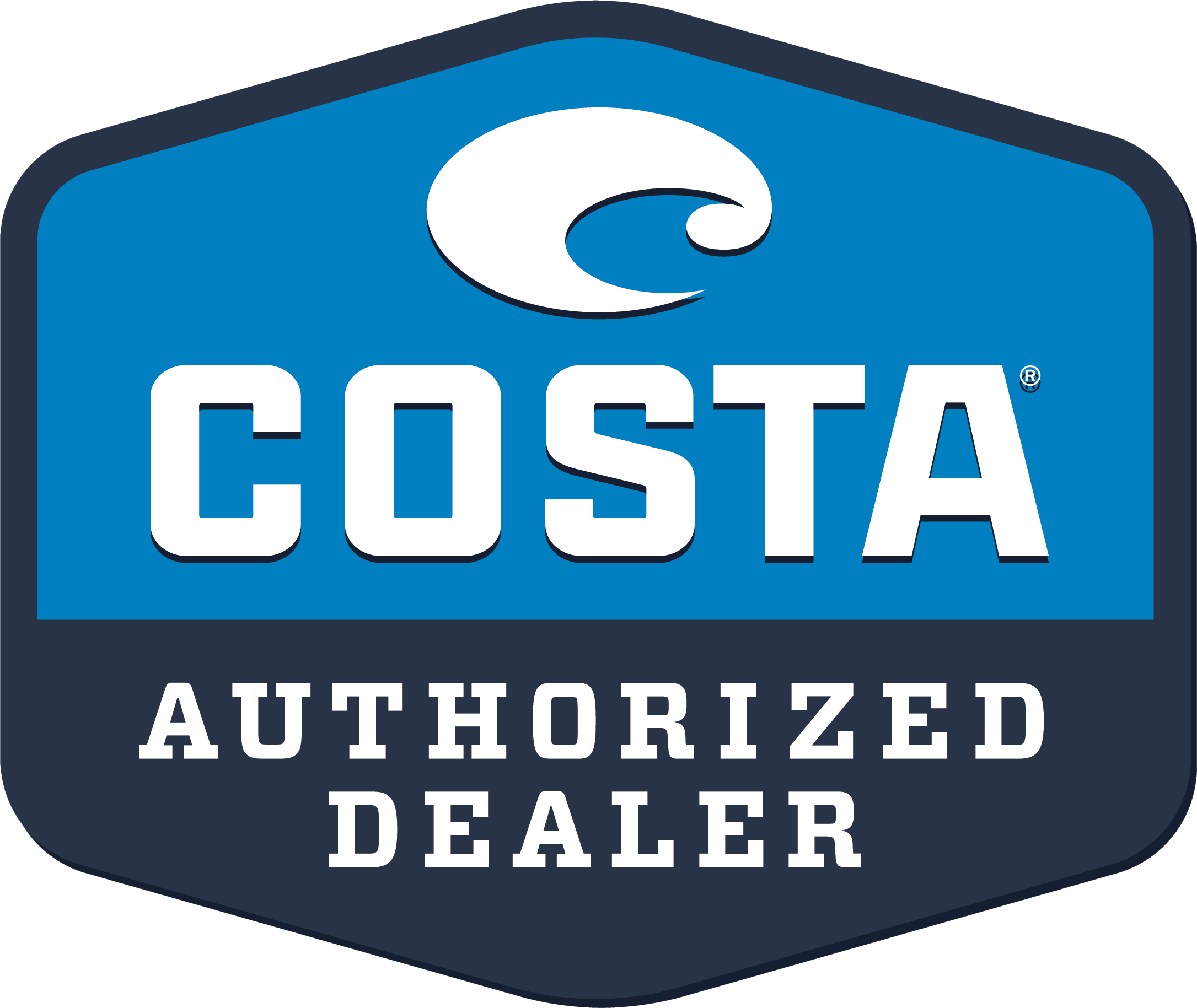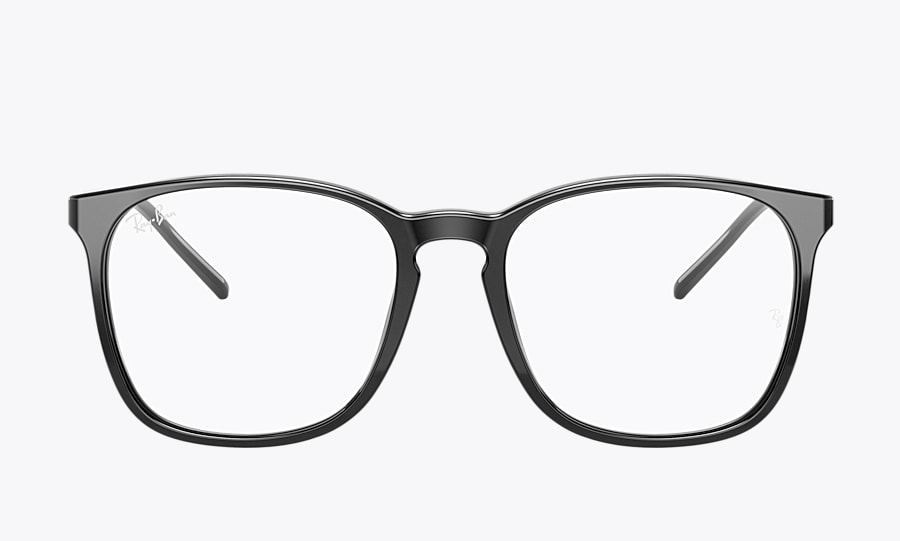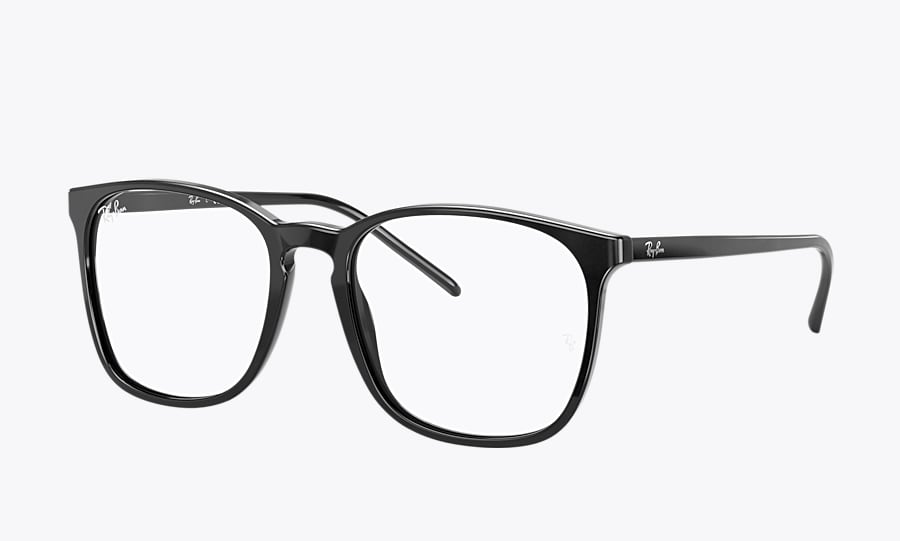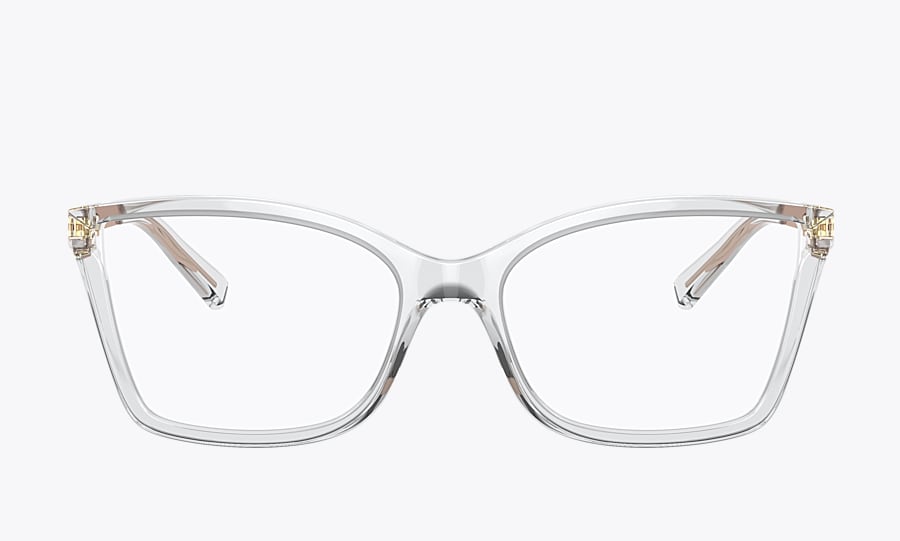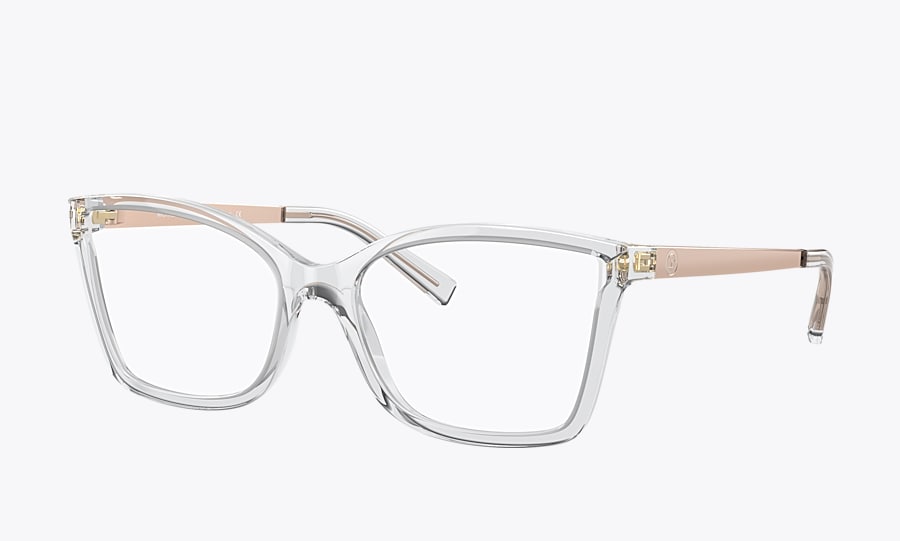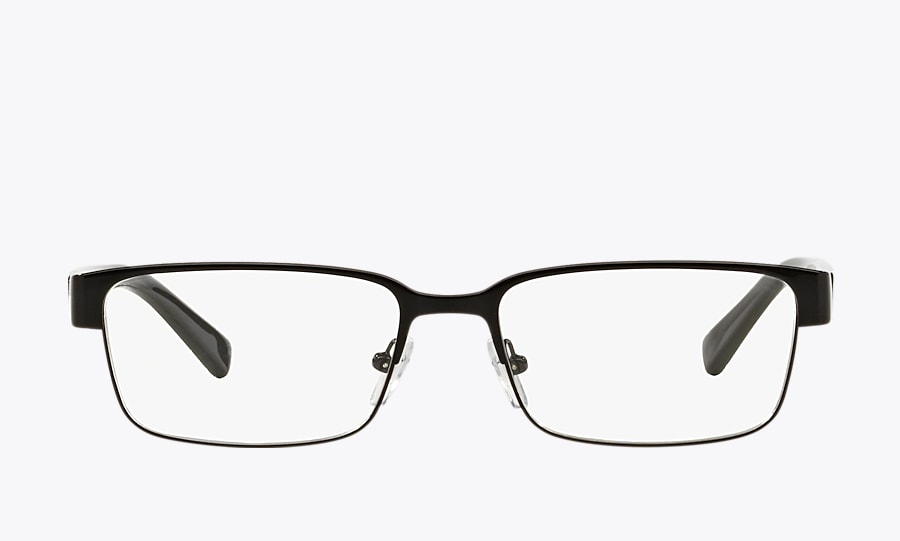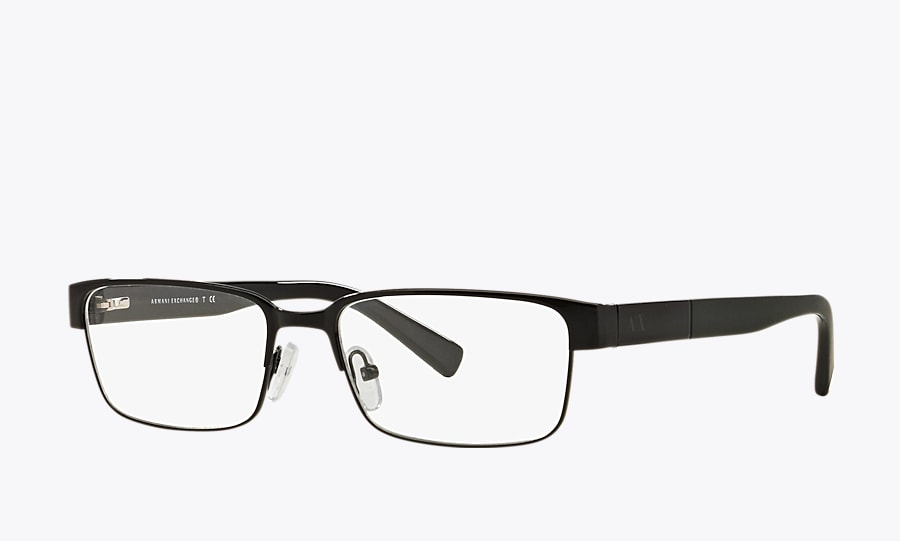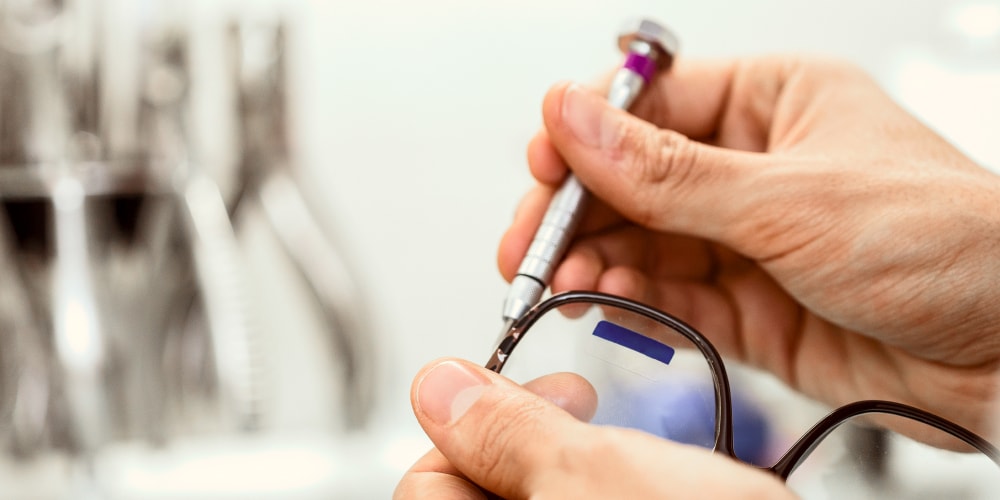
For many people, glasses are a necessary tool for an enjoyable life. Whether you use them for reading or need them for everyday vision correction, it’s important to know how to fix your glasses at home if they break. You should also know when to take them to professionals for repairs.
Trying to fix a pair of broken glasses yourself comes with risks. For instance, if you make the problem worse, you may end up spending more money than if you had gone to a professional in the first place. Generally, the best option is to ask an optician at your optical store or eye doctor’s office to fix the problem for you.
Professional Repair Is the Safest Option
We recommend taking your broken glasses to a professional as the primary repair option. This is especially true if the damage is medium or high risk to repair yourself. If you have chipped or cracked lenses, then your only real option for repair is to see a professional.
Typically, a simple repair won't cost much more than $50. If your broken glasses need a lens or frame replacement, the price can be higher. The cost of replacing a lens or frame may vary based on several factors, including your vision insurance and whether you need specialized parts or coatings.
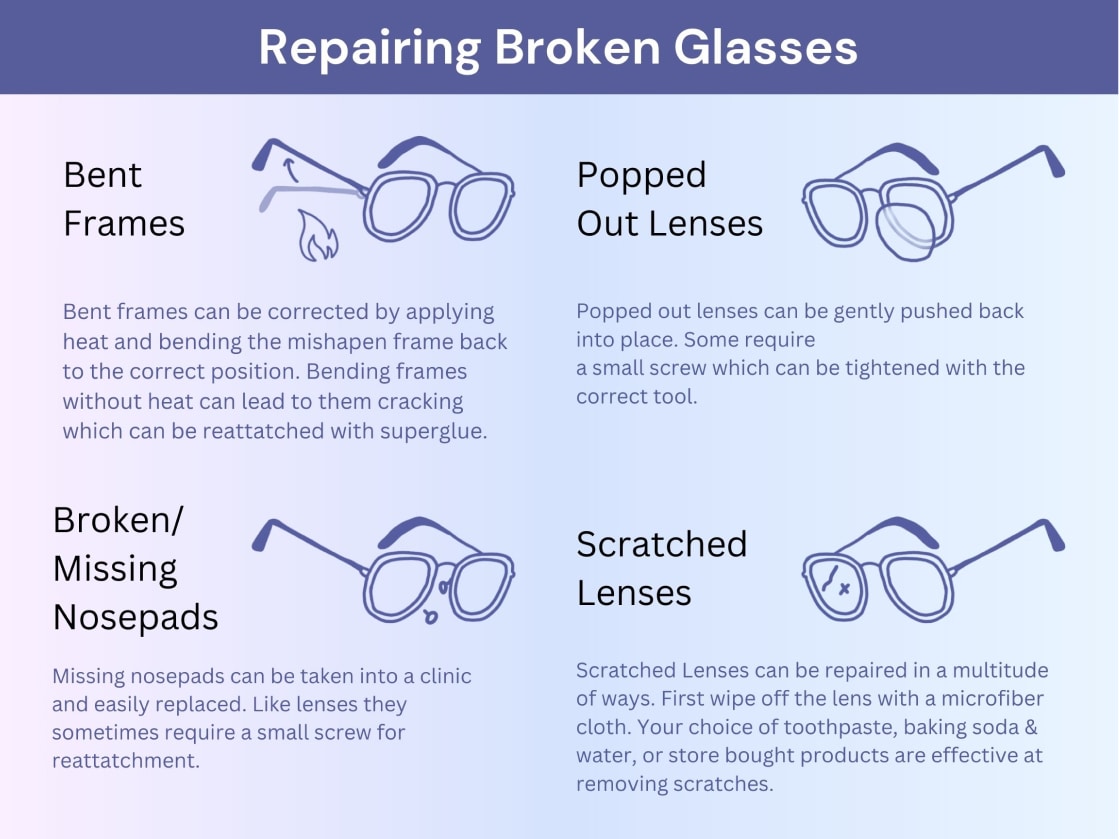
DIY Glasses Repair: Risk vs. Reward
The risks for DIY repair vary based on the issue. Below you’ll see some commonly needed glasses repairs in order of their level of risk when fixing them at home.
Low Risk: Hinge and Nose Pad Repair
A broken hinge or nose pad is one of the easiest self-repairs out there. You can find everything you need to fix one of these problems in a glasses repair kit, including:
- A small screwdriver
- Screws
- Washers
- A few nose pad replacements
Using an eyeglasses repair kit, you should be able to tighten and/or replace the hinge screws and nose pads yourself. While this is considered a low-risk DIY repair, it is possible to over-tighten a screw. Be very careful when making any adjustments because it’s always possible to break something.
Glasses repair kits typically cost between $3 and $20 and can be found at optical shops and drugstores, as well as online.
Medium Risk: Bent Frame Repair
The method of repairing a bent frame varies based on the frame material, bend severity and your own dexterity. However, fixing bent frames yourself runs the risk of breaking them altogether.
Metal Frames
Bent metal frames are fairly simple to adjust from home. Here are some instructions on what you can do:
- Step one – Wrap the frame in a soft cloth.
- Step two – Use a pair of plastic-tipped pliers to gently bend the frame back into place. Make small and careful adjustments to lessen the risk of snapping the frame.
- Step three – If the frame is too stiff, warm it with a hair dryer or by placing it under warm water. Do not use an open flame. This can damage the lenses and create a much more expensive problem. After warming the frame and making it more pliable, repeat step two.
Plastic Frames
Plastic frames are often riskier to try and repair than metal ones. Plastic is more likely than metal to snap during your adjustments. But if you are willing to risk it, here are some simple steps for adjusting a bent plastic frame:
- Step one – Warm the plastic to make it more pliable. Holding them over steam or under warm water is the best way to do this. Do not use an open flame.
- Step two – Make small adjustments to bend the plastic frame back into shape.
Many optical shops will make frame adjustments for a low fee or even for free. So if you have a bent frame, or your glasses just aren’t sitting quite right on your face, it’s a good idea to ask an optician for help before attempting any “fixes” on your own.
High Risk: Scratched Lens and Broken Frame Repair
A broken frame or scratched lens is serious damage and is very risky to try and fix on your own. Neither of these problems has simple solutions. One mistake during a DIY repair could end up costing you more money than you were trying to save.
Broken Frames
If your frame has broken into two separate pieces, the best option is to have it repaired by a professional. Broken metal frames can’t be glued together and attempting to weld or solder it yourself will likely damage the lenses.
It’s possible to try and mend plastic frames but the risk is high and it takes a lot of work and advanced materials (sandpaper, super glue, a drill, a clamp, needle and thread, etc.). Plus, the solution is only temporary:
- Step one – Clean the damaged area of any dust or other particles. You can use sandpaper to smooth and scrape the break before washing it.
- Step two – Cover the lenses with cloth so that no glue is spilled on them.
- Step three – Use super glue to bind the broken parts together. While the glue dries, the broken pieces need to be held together by hand or with a clamp.
- Step four – Reinforce the dried glue by sewing the two broken pieces together. Use a small drill bit to make one hole on each piece near the break.
- Step five – Thread your string through both holes several times. Make sure it is tight. Tie the string off and trim any excess.
After reading these steps, it may make more sense to take your broken frames in for professional repair or consider ordering a replacement.
Scratched Lens
While best left to a professional, you may find yourself in a situation where you need to try and fix a scratched lens yourself. There are two main methods for this. The first is to buy a scratch removal solution from the store and follow its instructions.
The other option is to create a paste to buff out the scratch. For the paste method, follow the steps below:
- Step one – Make the paste by combining a small amount of baking soda and water.
- Step two – Clean both lenses with lens cleaner and a microfiber cloth.
- Step three – Apply a small amount of paste to both lenses.
- Step four – Use a soft cloth to rub the paste in small, circular motions for about 30 seconds.
- Step five – Rinse the lenses and dry with a clean microfiber cloth.
- Step six – Check to make sure the scratch is gone. If it isn't, repeat steps two through five.
Generally, the paste method is a last resort. Even so, attempting this fix likely isn’t worth the risk of further damage.
Damage Prevention and Eyeglass Care
The best way to save money on new glasses is to prevent your current pair from breaking. Here are a few ways to keep your glasses in good condition:
- Keep your glasses in a hard protective case when not in use.
- Use both hands to carefully remove your glasses from your face. Pulling them off with one hand can bend the frames and increase your chances of dropping them.
- Look down before you sit. Many people have broken their glasses by sitting (or stepping) on them.
- Invest in a pair of durable, purpose-built glasses for sports or other physical activities.
- Don’t sleep with your glasses on.
- Keep up a good routine of glasses cleaning and maintenance.
Your Glasses, Your Choice
Your glasses are more than an accessory — they are an essential medical device. For that reason, we recommend that you seek out a professional for any glasses repairs you may need. But at the end of the day, you’re the one who chooses where your glasses are fixed, so use your best judgment when deciding whether to try any repairs yourself.









